What Goes Wrong?
When you buy a new car the most important thing you can do is keep the services up and give your car a visual inspection both under the hood and under the car. Although the manufacturer does a pretty good job on putting the cars together you would be surprised at the many things they can improve upon. You might think the dealer will look over you car thoroughly but some dealerships are interested in only one thing, get the car in and out as fast as possible. This is why you should be the person to go over your car for the first service. Any problems you might find should be reported to the dealer and taken care of by the manufacturer's warranty. Leaks and noises should be at the top of your list when checking for problems.
Common New Car Problems
- Fluid leaks
- Loose or missing suspension bolts
- Loose engine and transmission mounts
- Missing exhaust system heat shields
- Missing exhaust system hangers
- Poor tire wear patterns
- Computer system warning lights
- Low fluid levels
- Low tire air pressure
How Long will it Take?
The first service is mostly an inspection with the exception of the oil change. The complete maintenance operation should only take you about 45 minutes from the time you roll the floor jack under the car to the time you check and fill the fluid levels. Deposing of the waste oil will take about 15 minutes depending how far you are from an auto parts store. Any store that sells oil must take waste oil, it's the law.
Let's Jump In!
Begin with the vehicle on flat ground engine off and in park with the emergency
brake on. Wear protective eyewear and gloves. You will need to
use a floor jack and jack stands
to raise the car for the inspection and service. Start by
checking under the hood to inspect
coolant hoses, engine wiring, intake boot and tube, battery, vacuum line routing
and the serpentine belt for any abnormal wear. Also look for any fluid leaks and
try to pinpoint their source and report the problem to the dealership for repairs.
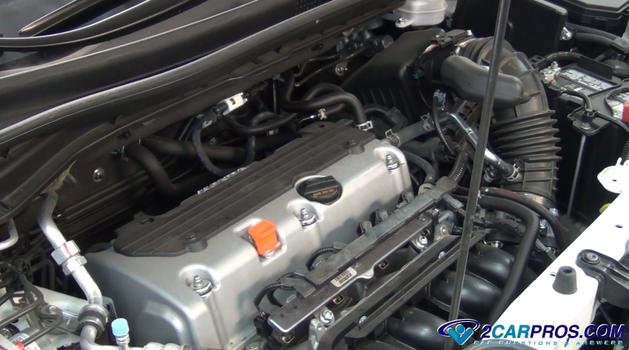
Inspect under the vehicle to observe suspension components, driveline and universal
joints while checking for excessive wear or torn lubrication boots. Also, inspect
for "rust dust" on any frame member, universal joints, sway bars, locating arms,
strut rod mounting bolts and any other main frame or suspension components. This
rust colored dust is created from metal on metal contact and is an indication that
a component is experiencing abnormal wear or is loose. Use a floor jack and jack
stands to raise the car and look underneath. Many defects can exist on a new car
such as missing or loose bolts on engine mounting brackets and suspension parts
such as sway bars and strut mounts, also wiring harness routing failure and engine,
transmission or differential leaks.

An engine oil and filter
change is mandatory at every service interval. This engine maintenance is the
most vital of all car services. We recommend performing your own oil changes to
ensure the correct oil filter and motor oil is installed.
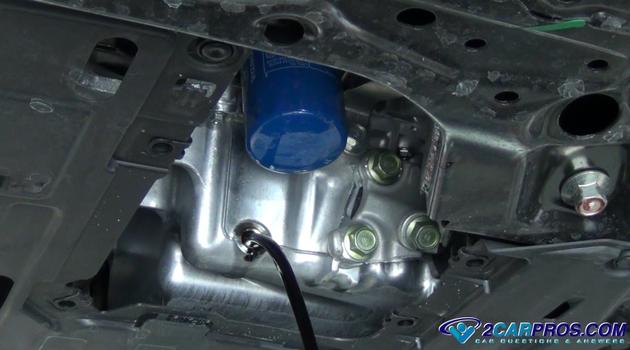
A car operates using a variety of fluids; engine oil, transmission and power
steering fluid, brake fluid, front and rear differential fluids. All
fluids must be maintained at a proper
level. While some are easily checked others will require the car to be a lifted.
Most new cars do not have a transmission dipstick. Also some cars are designed with
an electrical steering system which does not require fluid.
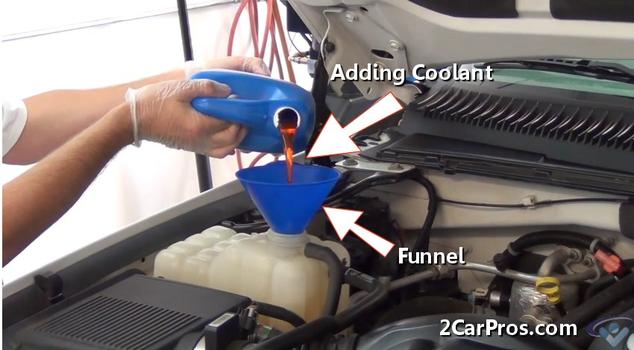
Most wiper blades will last through the first service but in extreme foul weather
conditions it's essential to install new wiper blades to ensure proper windshield
vision. Check the blades for cracking or tears in the wiper rubber.
Replacing your car's
wiper blades is a relatively simple job and will only take about 10 minutes.
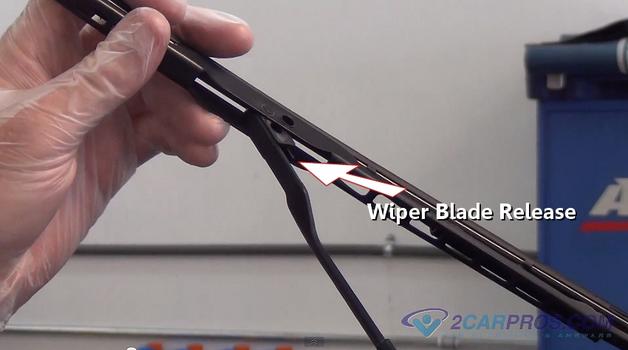
Inspecting and replacing
the engine air filter is a simple process in most cases. Typically changing
the air filter only involves opening the hood and locating the filter housing that
is usually connected the engine air intake.
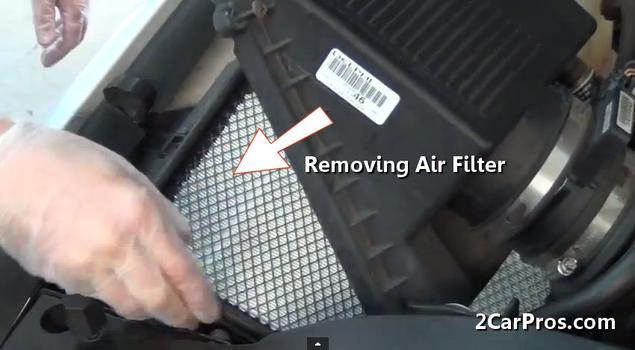
You can do your own tire rotating by
removing the tires and
using a floor jack and stands to raise and the front and rear of the car at the
same time. This is because the tires should be rotated from front to back on each
side. Never rotate tires from side to side. A tire rotation is needed to ensure
proper tread wear patterns which protect the tire from early replacement costs.
We do not recommend jacking up one side of the car. A tire rotation can also be
done by a local tire or repair shop. Some cars have different size tires front to
rear in which case the tires cannot be rotated.
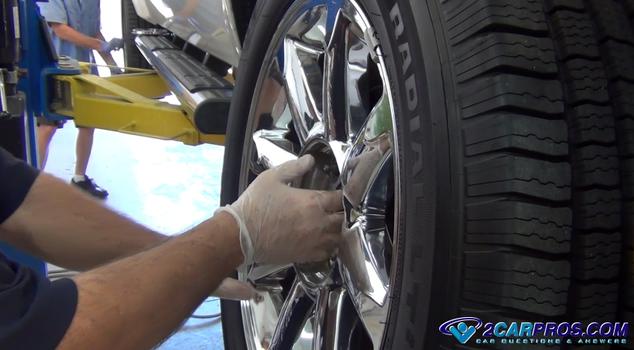
Tire pressure can sometimes be problem when it comes to getting your new car
from the dealer. This is because the manufacturer typically delivers the car with
the tire air pressure a little low which helps the car ride smoother. The downside
of this is decreased fuel economy and increased tire and vehicle wear. Check the
side of the tire which will tell you the max pressure the tire should be inflated
too which is what we recommend you run your tires at.
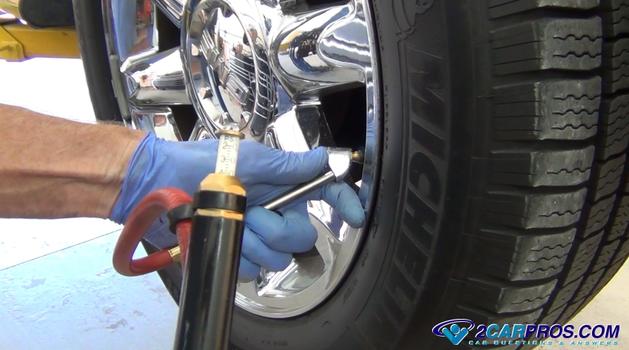
Windshield washer fluid is mandatory to keep your visibility unimpaired when
driving your car. This fluid is easily checked and added to by locating the reservoir
under the hood and removing the lid. If you don't have washer fluid to add use a
dash of dish soap and then fill with water. This works surprisingly well.
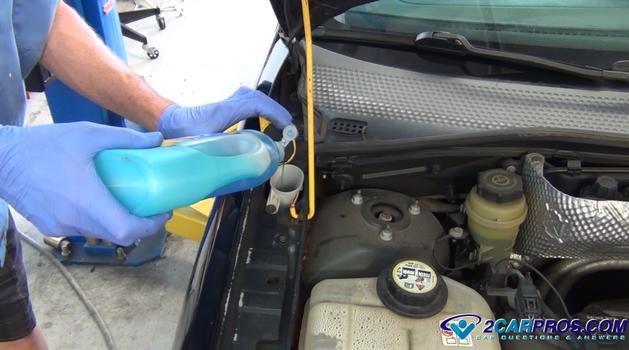
Questions?
Our certified technicians are ready to answer new car service questions for free. We hope you saved money and learned from this guide. We are creating a full set of car repair guides. Please subscribe to our 2CarPros YouTube channel and check back often for new videos which are uploaded regularly.


